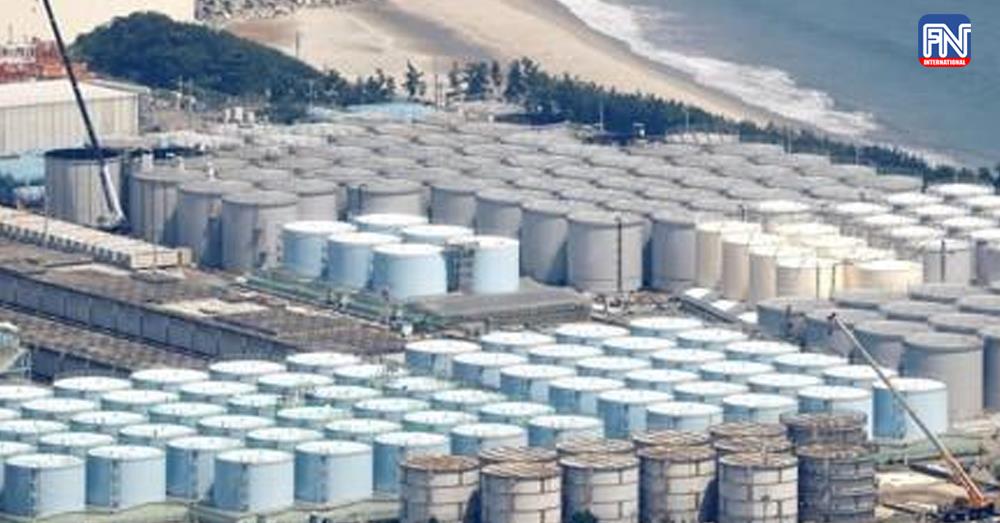TOKYO, Oct. 5 (Yonhap) -- Japan began the second phase of the discharge of treated wastewater from the wrecked Fukushima nuclear power plant into the Pacific Ocean on Thursday, after the first phase was carried out within the established safety limits between Aug. 24 and Sept. 11.
The second phase of the discharge kicked off around 10:30 a.m. and is scheduled to continue through Oct. 23, according to Japanese media reports, estimating the total discharge amount at 7,800 tons, almost the same amount as that of the first period.
The daily discharge is expected to be 460 tons.
Tokyo Electric Power Co., the plant's operator, plans to release the water, stored in tanks after being treated through a custom purification system known as the Advanced Liquid Processing System (ALPS) since its meltdown in March 2011, through a sea tunnel extending 1 kilometer into the ocean.
ALPS can remove 62 kinds of radioactive substances, except tritium, which can be reduced to the international safety level through dilution with seawater.
The Japanese government, the Fukushima prefectural government and Tokyo Electric have regularly analyzed the concentration of tritium in seawater and fish around the nuclear power plant since the beginning of the first discharge and reported no abnormalities.
On Wednesday, Tokyo Electric again measured the concentration of tritium in the treated and diluted wastewater and found it was up to 87 becquerels per liter, which was lower than the discharge standard.
